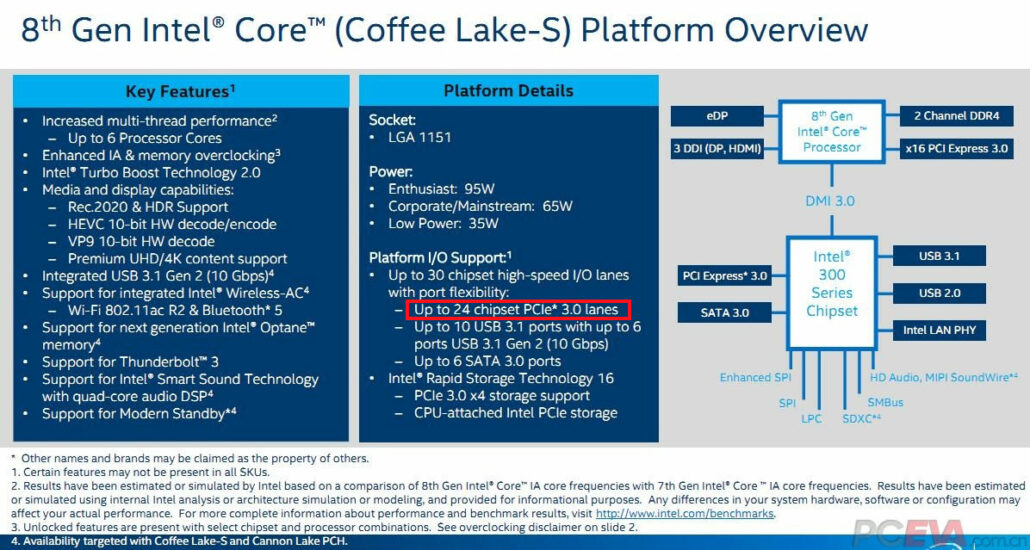This isn't the same thing. 4790K was basically an overclocked 4770K -- if you look at the reviews and user comments, the maximum frequency ceiling for the 4790K was really no better than the 4770K's.
The 7700K had a clear clock ceiling improvement of between 200MHz and 300MHz as mikk said, and there were also pretty large improvements in sustained frequency/peak frequency on the low power mobile parts, which we didn't really see with the Haswell Refresh.
Since Intel actually made some real changes with 14nm+ compared to 14nm that yielded measurable improvements, there's no reason to not take Intel at its word when it says it's making another significant jump in transistor performance with 14nm++.
You safely avoided explaining the examples provided by charlie because you know you cannot deny his arguments. You are here to defend Intel no matter what. Your job will get harder over the next few years.
Last edited:



